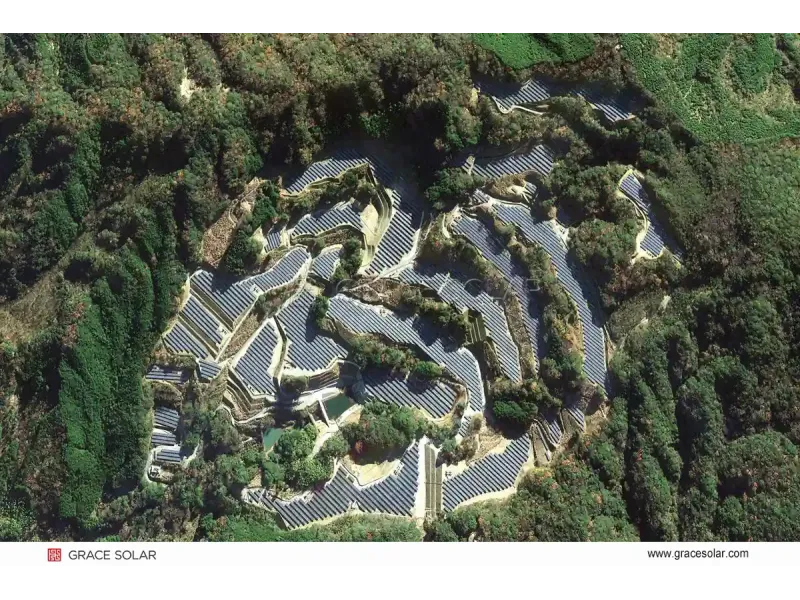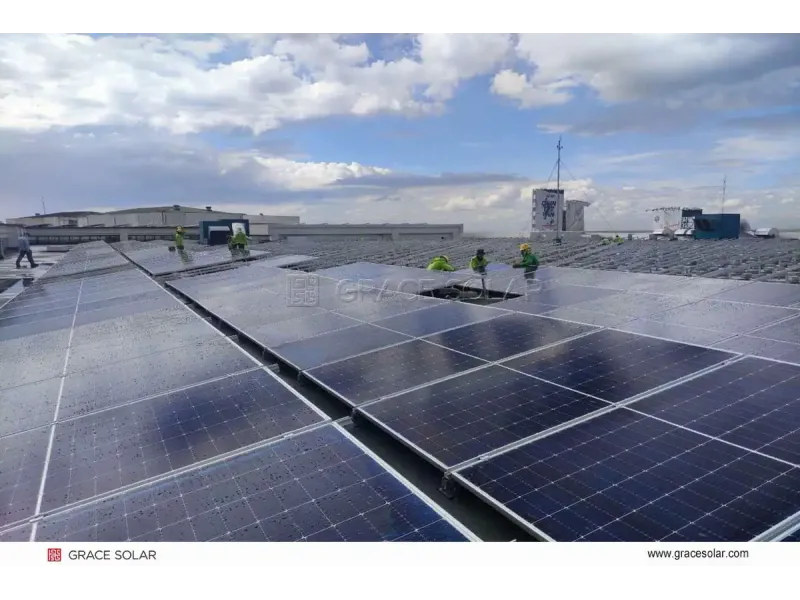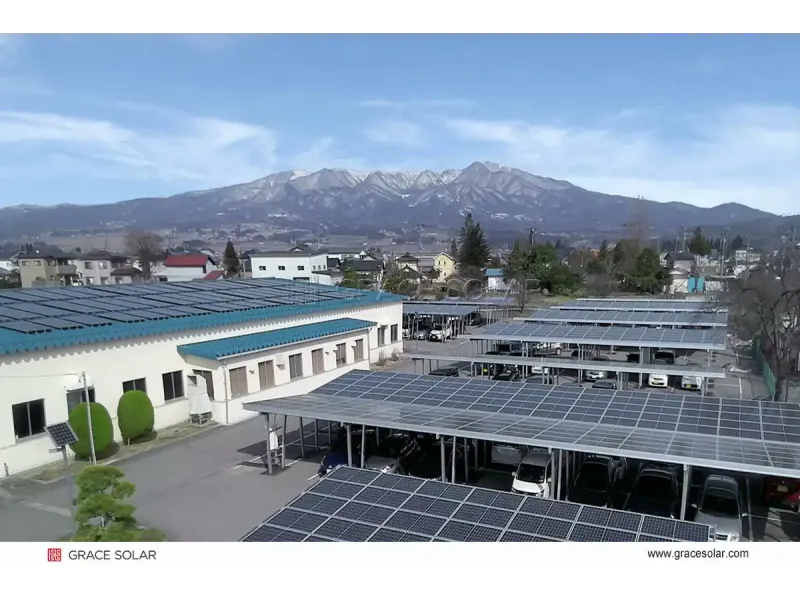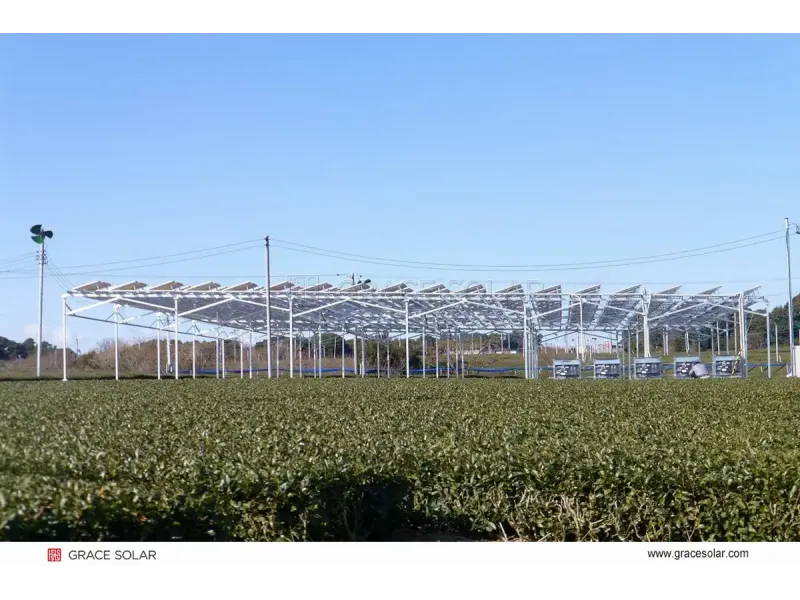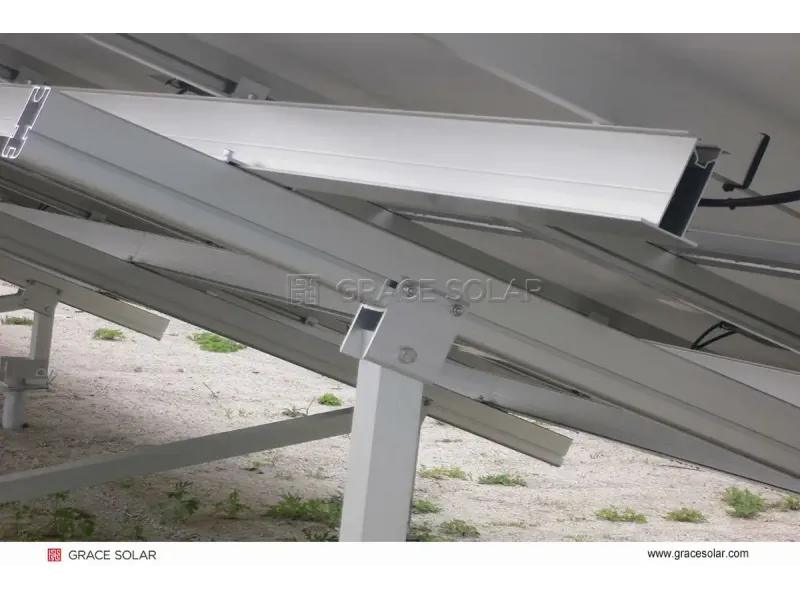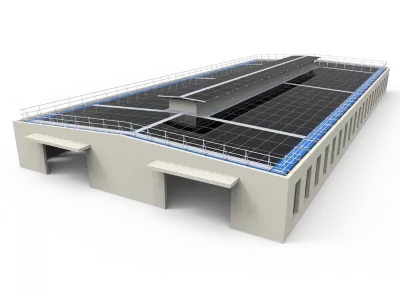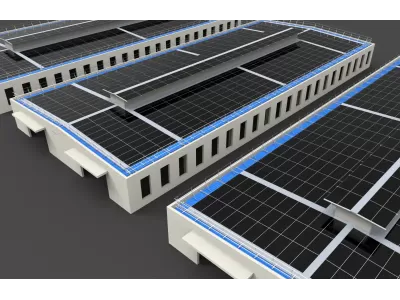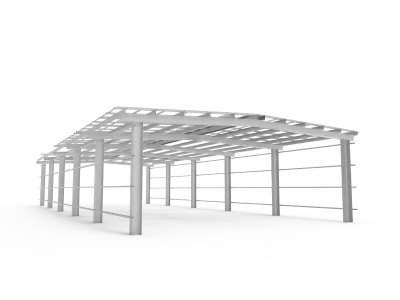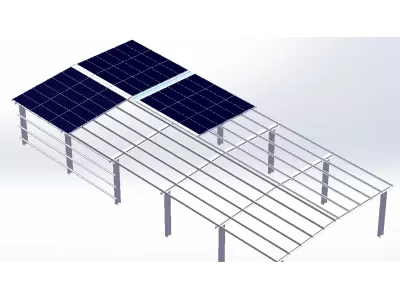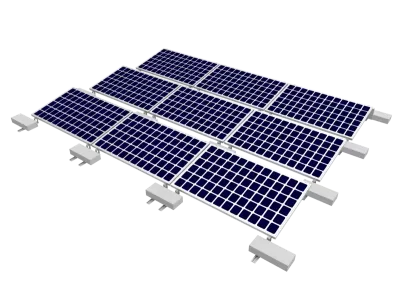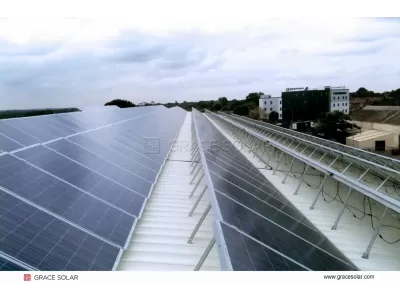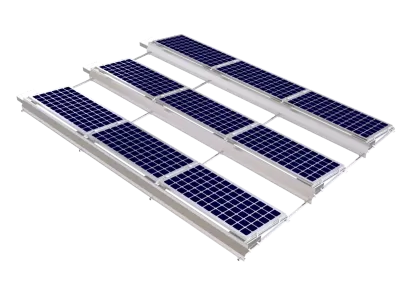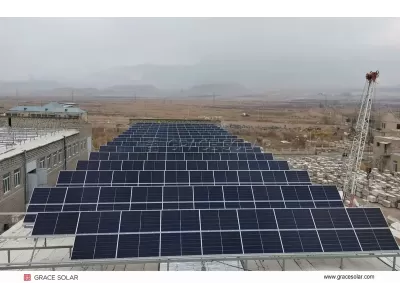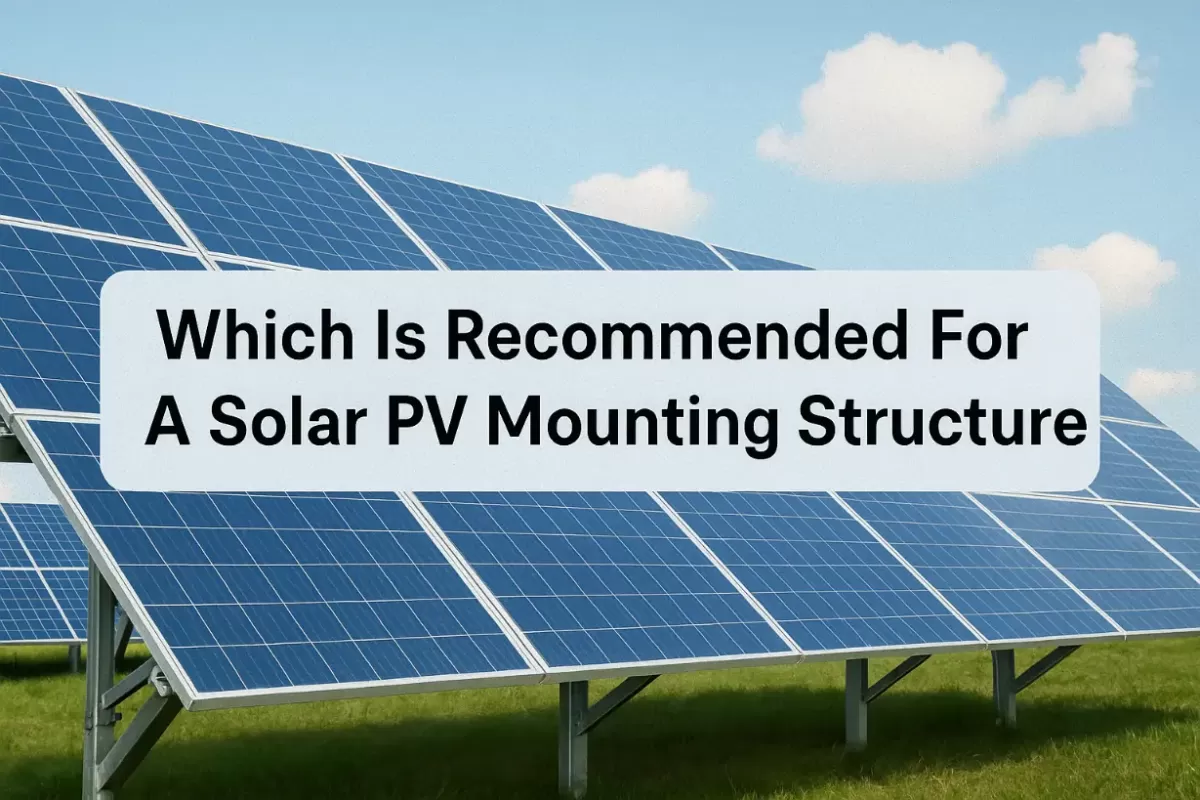
Choosing the Right Solar PV Mounting Structure: 2025 Guide
Selecting the optimal solar mounting solution impacts energy production, installation costs, and long-term reliability. This comprehensive guide examines key options for residential, commercial, and utility-scale projects.
Fixed Mount Solutions: Foundation Options
Ground-Mounted Systems
Ideal for large installations with 45° tilt optimization. Features hot-dip galvanized steel frames (80μm zinc) supporting snow loads to 1.4kN/m² and wind resistance to 47m/s.
- Supports helical piles or concrete foundations
- 20-25 year corrosion resistance
- Lowest $/W installation cost
Ballasted Roof Systems
Zero-penetration aluminum solutions for commercial rooftops. Pre-assembled trays reduce installation time by 40% with weather-resistant EPDM padding.
- No roof membrane penetration
- 10-15° optimal tilt angles
- 200+ kg/m² loading capacity
Advanced Tracking Technologies
Single-Axis Trackers
Horizontal systems boosting output by 25-30% with AI sun-following algorithms. Ideal for utility-scale plants and sloped terrains (≤20% grades).
View Technical SpecsDual-Axis Systems
Precision tracking with ±50° elevation/azimuth adjustments. Achieves 35-40% higher yields with integrated weather sensors and bifacial optimization.
See Performance DataHybrid Solutions
Self-powered trackers using hydraulic or thermal mechanisms. Features automatic storm stowing and <1% operational power consumption.
Learn How They Work2025 Selection Strategy
Desert Regions
Combine single-axis trackers with helical pile foundations and dust-resistant actuators
Complex Terrain
Modular designs adapt to 20% slopes with independent row control (1P systems)
High Wind Zones
Multi-point drive configurations enhance structural rigidity by 20% (2P trackers)
Remote Sites
MPPT-enabled systems with LiFePO₄ battery backup minimize grid dependency
Innovative Control Systems
- AI Weather Adaptation: Real-time cloud position analysis increases yield 8%
- Multi-Sensor Fusion: Combines GPS, inclinometers, and light sensors with ±2° precision
- Wireless Mesh Networks: LoRa/Zigbee protocols maintain communication in remote areas
- Predictive Stowing: Automatically positions panels flat at 18m/s wind speeds
System Integration
All solutions compatible with bifacial modules and AC/DC coupling
EPC Integration Guide
